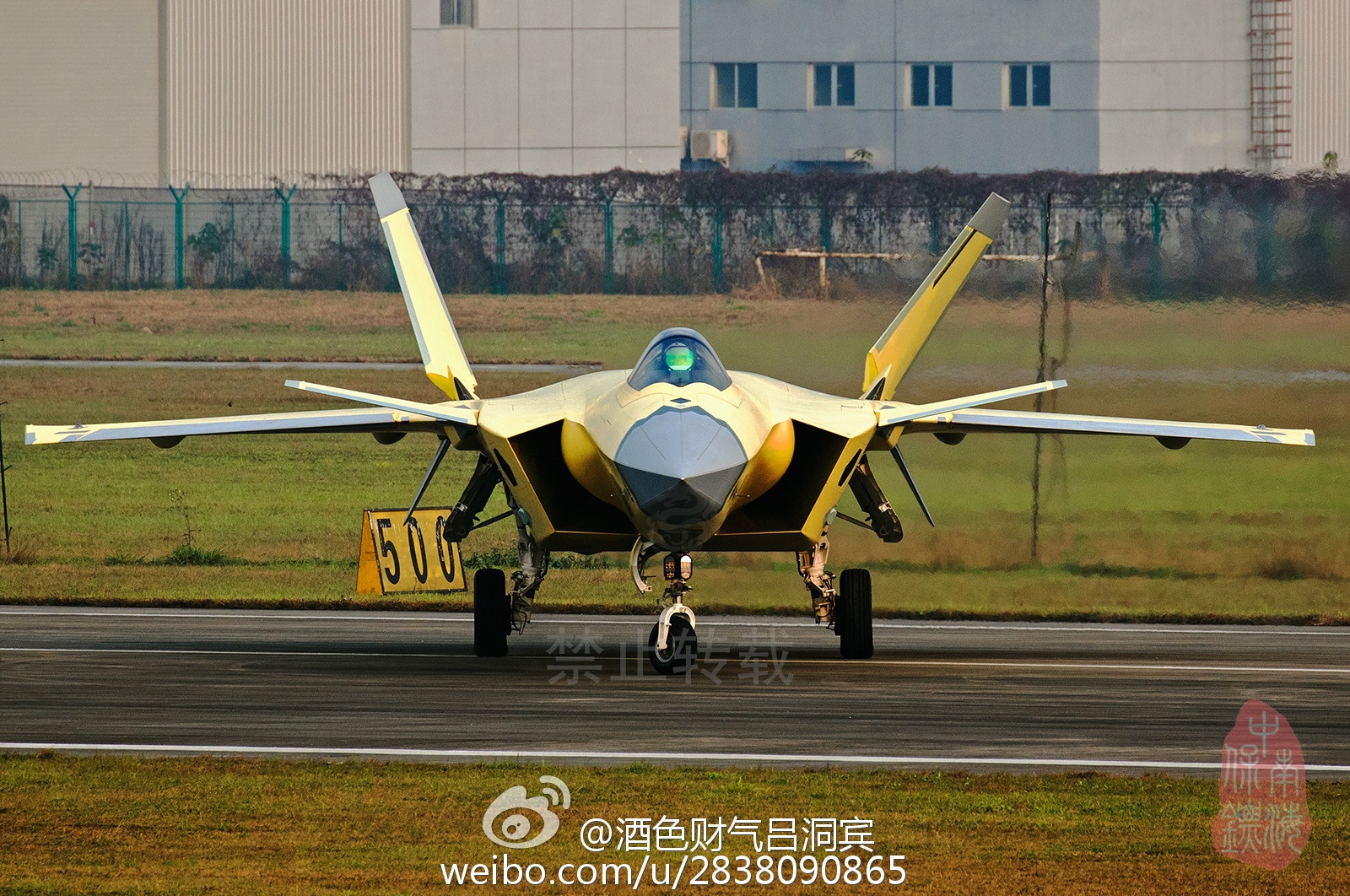SamuraiBlue
Captain
It is more appropriate to look at canards vs tail fins, instead of only vortices produced by canards.
Canards generate lift and as such, reduce load on the wings and also drag. Down force on tail fins, increases load on the wings and also drag. It is unclear which configuration is more draggy, until actual calculations are performed on specific configurations.
So there is no particular reason, that canard-delta such as J-20, must be more draggy than tail-delta, such as F-22, or vice versa.
And higher fineness ratios exchange greater skin drag with less wave drag and hence, more optimized for supersonic speeds. The higher fineness ratio of J-20 has an advantage here.
Aughhh, I believe lift and drag are basically the same.
Anything that sticks out from a rocket shape will generate drag.
To my knowledge,canards on most fighters are control canards that does not generate lift.
In a control-canard design, most of the weight of the aircraft is carried by the wing and the canard is used primarily for pitch control during maneuvering. A pure control-canard operates only as a control surface and is nominally at zero angle of attack and carrying no load in normal flight. Modern combat aircraft of canard configuration typically have a control-canard driven by a computerized flight control system.
Canards with little or no loading (i.e. control-canards) may be used to intentionally destabilize some combat aircraft in order to make them more maneuverable. The electronic flight control system uses the pitch control function of the canard foreplane to create artificial static and dynamic stability.
A benefit obtainable from a control-canard is the correction of pitch-up during a wingtip stall. An all-moving canard capable of a significant nose-down deflection can be used to counteract the pitch-up due to the tip stall. As a result, the aspect ratio and sweep of the wing can be optimized without having to guard against pitch-up.[A highly loaded lifting canard does not have sufficient spare lift capacity to provide this protection.


